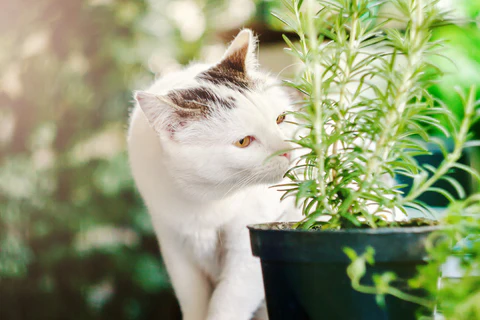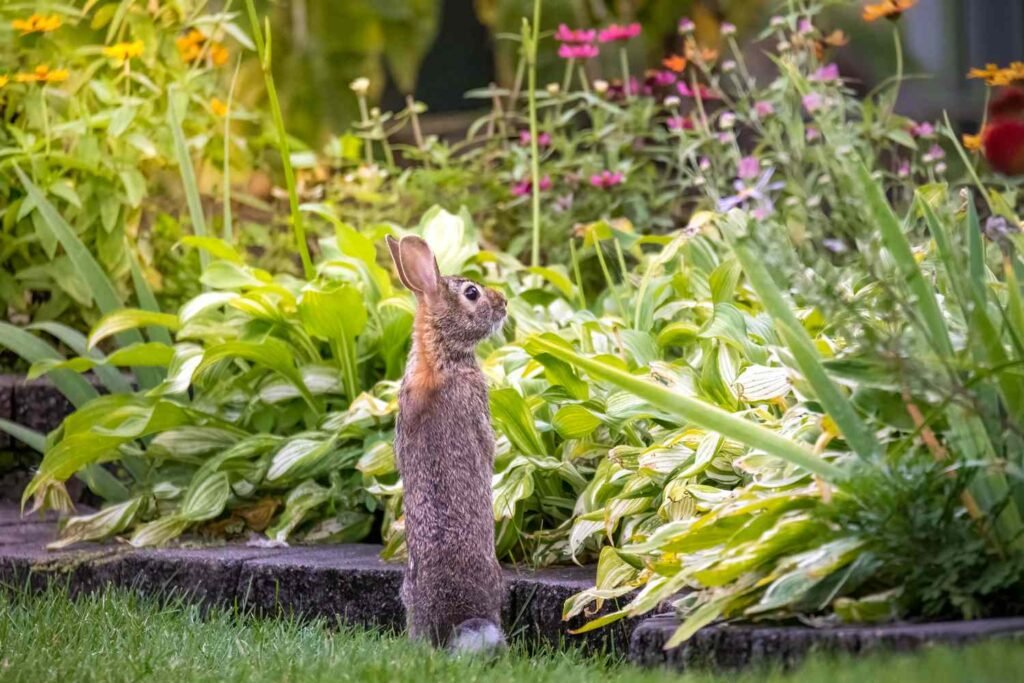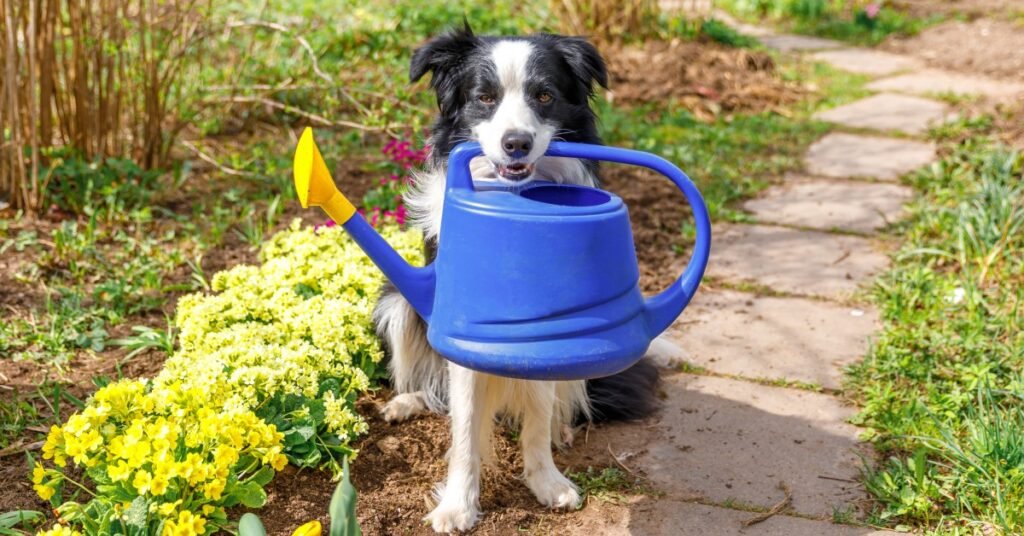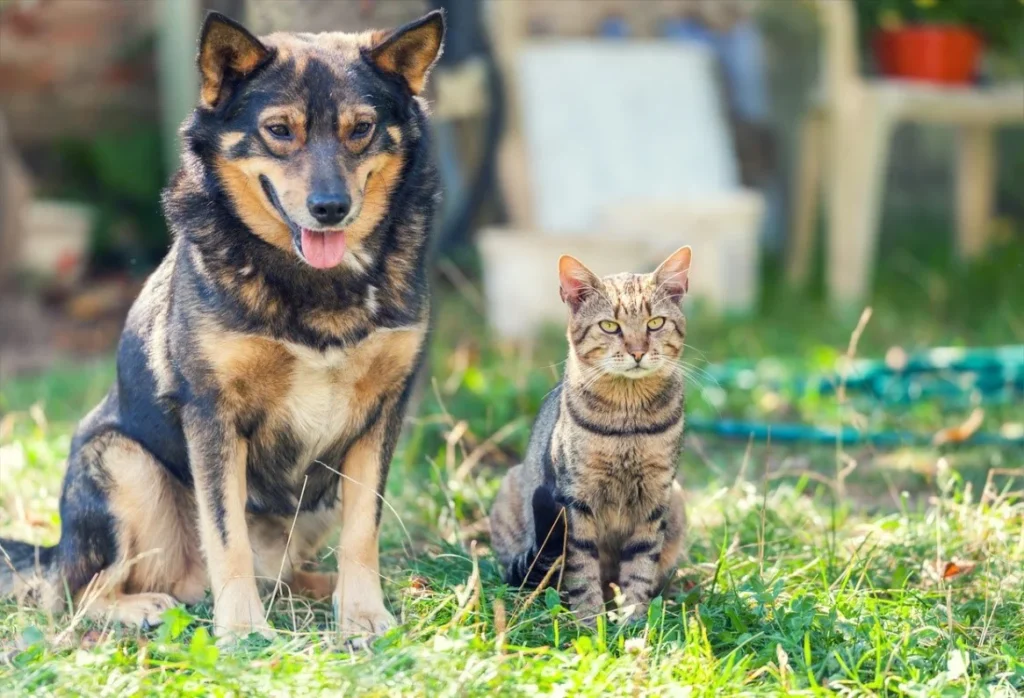Gardens are places of beauty, relaxation, and productivity. From vibrant flowers to fresh vegetables, a well-tended garden is a source of pride for any homeowner. However, pets—whether dogs, cats, or even neighborhood animals—can pose challenges for gardeners. Digging, trampling, chewing, or digging up plants can quickly damage your hard work. While protecting your garden is important, it’s equally vital to do so safely, humanely, and effectively.
This article explores strategies, plant selections, and tools that help safeguard your garden while keeping pets happy and healthy.
Understanding the Pet-Garden Conflict

Before implementing solutions, it’s important to understand why pets may target your garden:
- Curiosity and Play: Dogs and cats are naturally curious; they explore with paws and mouths.
- Scent Marking: Pets may dig or urinate in the garden to mark territory.
- Food Attraction: Fruit, vegetables, or flowers may attract pets due to smell or taste.
- Boredom or Energy Release: Pets left unsupervised may dig or trample plants to expend energy.
Understanding the root cause allows gardeners to tailor safe and effective protective strategies.
Step 1: Physical Barriers
Physical barriers are the most direct method to protect your plants:
Fencing
- Height: For dogs, a 3–4 foot fence may suffice; for jumping cats, consider taller or cat-proof fencing.
- Material: Wood, wire mesh, or garden netting can prevent access while blending with garden aesthetics.
- Spacing: Ensure gaps are small enough to prevent pets from slipping through or digging under.
Garden Cloche and Plant Covers
- Cloche or Cold Frames: Protect individual plants or small beds from pets.
- Mesh Covers: Lightweight mesh can prevent pets from trampling seedlings.
Raised Beds
- Elevating plants in raised beds creates a natural barrier for pets, especially smaller dogs and cats.
- Adds soil depth, improves drainage, and makes weeding easier.
Tip: Combine barriers with visual deterrents, like reflective tape or wind chimes, to discourage pets from approaching.
Step 2: Use Safe Deterrents

Certain natural, non-toxic deterrents discourage pets without harming them:
- Citrus Peels: Dogs and cats dislike the smell of orange, lemon, or lime peels.
- Coffee Grounds: Sprinkling around plant beds can deter digging.
- Vinegar Sprays: Diluted vinegar sprayed on soil edges can discourage pets (avoid spraying directly on plants).
- Motion-Activated Sprinklers: Sensors detect movement and release a harmless water spray to train pets to avoid the area.
Tip: Rotate deterrents to prevent pets from becoming accustomed to one method.
Step 3: Strategic Planting
Plant selection can act as a natural deterrent:
Pet-Repellent Plants
- Lavender: Fragrant but unappealing to dogs and cats.
- Rosemary: Strong scent deters many animals.
- Rue: Bitter-tasting and discourages chewing.
- Coleus Canina (“Scaredy Cat Plant”): Specifically bred to repel cats with its odor.
Protective Ground Covers
- Thorny Plants: Low-growing thorny shrubs like barberry or holly deter pets from walking over beds.
- Dense Grasses or Mulch: Mulch or dense groundcover creates a sensory barrier pets are less likely to cross.
Tip: Mix pet-repellent plants with flowers and vegetables to maintain aesthetics while protecting vulnerable areas.
Step 4: Training and Positive Reinforcement

Training your pets complements physical and plant-based deterrents:
- Designated Play Areas: Provide a sandbox or digging pit for dogs to redirect energy.
- Positive Reinforcement: Reward pets for staying away from garden beds.
- Consistent Commands: Use “no” or “leave it” consistently when pets approach restricted areas.
- Supervised Access: Allow pets in the garden only under supervision until trained.
Tip: Patience and consistency are key; pets respond well to predictable routines and positive reinforcement.
Step 5: Mulching and Ground Management
Mulch selection can reduce digging and trampling:
- Sharp Mulch: Pinecones, stone, or thorny mulch discourages pets from walking on beds.
- Scented Mulch: Some mulches have natural aromas pets avoid.
- Soil Leveling: Keep soil beds firm; loose, soft soil attracts digging.
Tip: Avoid toxic mulches like cocoa mulch, which contains theobromine and can harm pets if ingested.
Step 6: Protective Layout and Design
Garden layout can minimize pet intrusion:
- Pathways and Borders: Clear paths guide pets away from delicate areas.
- Strategic Planting: Place attractive plants away from entry points; border beds with deterrent plants.
- Layering: Taller shrubs or grasses along edges create natural screens.
- Container Gardens: Pots on raised surfaces are less accessible to pets.
Tip: Combine aesthetic landscaping with practical pet barriers for a garden that is both beautiful and protected.
Step 7: Safe Pesticides and Fertilizers

If you use chemicals in your garden:
- Non-Toxic Options: Choose pet-safe fertilizers, insecticides, and herbicides.
- Avoid Chemical Drift: Spray only when pets are inside or far from treated areas.
- Barrier Treatments: Use physical barriers when applying chemicals near sensitive areas.
Tip: Organic gardening reduces chemical exposure risks and is safer for pets and wildlife.
Step 8: Regular Monitoring and Maintenance

Ongoing monitoring ensures your garden remains protected:
- Inspect Beds Daily: Look for signs of digging, trampling, or chewing.
- Repair Barriers Promptly: Fix broken fences, holes, or displaced mesh immediately.
- Adjust Deterrents Seasonally: Pets may adapt to barriers or smells; rotate deterrents and update training.
Tip: Early intervention prevents repeated damage and reduces stress for both pets and gardeners.
Environmental and Practical Benefits
Protecting your garden from pets safely offers multiple advantages:
- Pet Safety: Non-toxic methods prevent accidental poisoning or injury.
- Plant Health: Reduces plant stress, disease risk, and physical damage.
- Aesthetic Value: Maintains garden beauty without harsh fencing.
- Harmonious Coexistence: Balances the needs of pets and plants, promoting responsible pet ownership.
By combining barriers, deterrents, training, and thoughtful design, gardeners can enjoy lush, thriving gardens without restricting pets unnecessarily.
Final Thoughts
Protecting a garden from pets requires a holistic approach that considers pet behavior, garden design, and plant selection. Physical barriers, pet-repellent plants, training, safe mulch, and thoughtful layout create a garden environment where both plants and pets thrive.
By adopting safe, humane, and creative strategies, gardeners can safeguard their investment while maintaining pet-friendly spaces that foster joy, relaxation, and environmental stewardship. A well-planned garden not only resists damage but also becomes a harmonious space where pets and plants coexist peacefully, ensuring beauty, productivity, and safety year-round.
